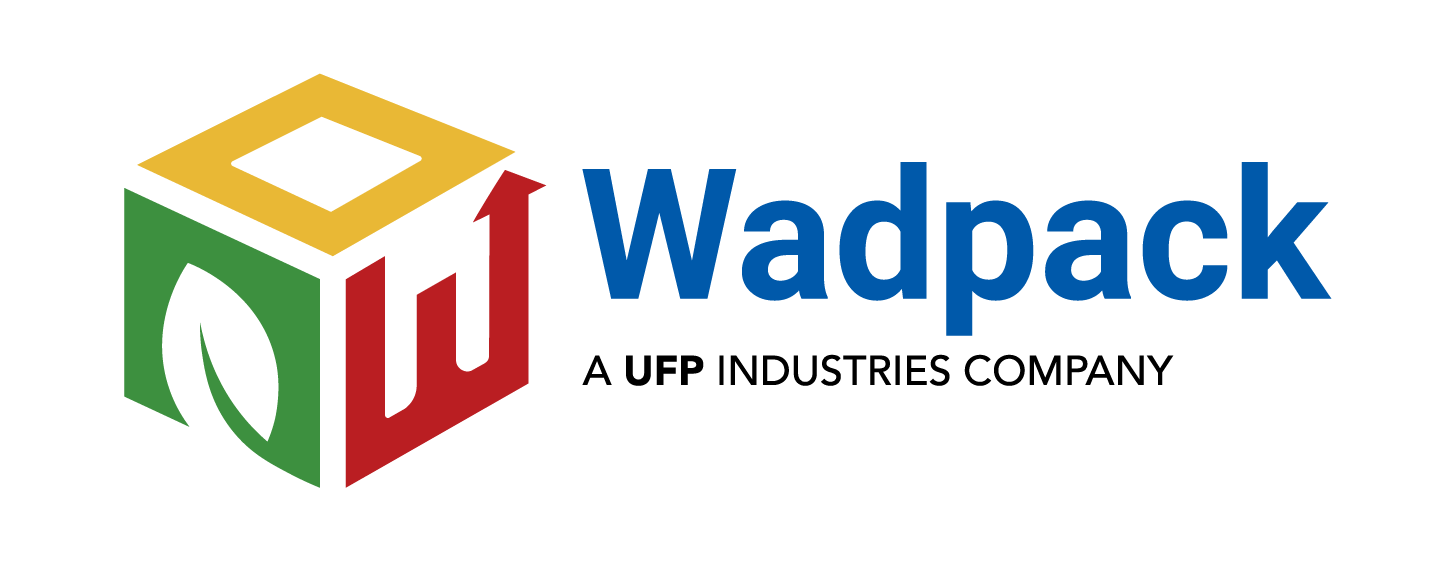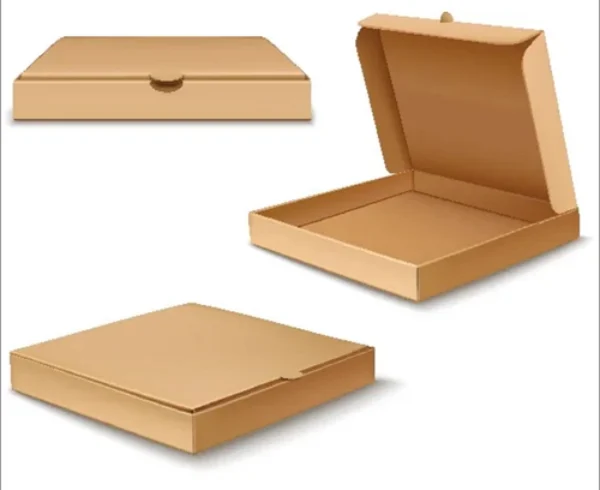Eco-Sustainable Packaging Trends One Can Expect In 2023

In recent years, the world has witnessed a growing awareness of the environmental impact of packaging materials. As a result, businesses and consumers alike are increasingly seeking eco-sustainable packaging solutions that minimize waste, reduce carbon footprints, and promote a circular economy. As we look ahead to 2023, several key trends are expected to shape the landscape of eco-sustainable packaging. From innovative materials to smart design, here are the top trends to watch out for in the coming year
Biodegradable and Compostable Materials
In 2023, the demand for biodegradable and compostable packaging materials is expected to soar. These materials offer a viable alternative to traditional plastics, which can take hundreds of years to decompose. Biodegradable plastics, derived from renewable resources like cornstarch and sugarcane, break down naturally over time, reducing their environmental impact. Compostable materials, on the other hand, decompose into nutrient-rich organic matter, contributing to soil health. Brands are likely to adopt these materials for a wide range of applications, from food packaging to shipping materials.
Plant-Based Packaging
Plant-based packaging materials, such as plant fibers, cellulose, and seaweed, are gaining popularity due to their renewability and low environmental impact. These materials can be used to create sturdy and functional packaging, offering an eco-friendly alternative to traditional paper and plastic options. As more research and development are focused on optimizing these materials for various purposes, their adoption is expected to increase in 2023.
Recyclable Packaging Innovations
Recyclable packaging has been a prominent trend for some time, but in 2023, we can expect to see even more innovative solutions that enhance the recyclability of products. Brands are likely to adopt mono-material designs, which consist of a single type of material that is easier to recycle. Additionally, the use of water-based inks and adhesives will become more prevalent to facilitate recycling processes. By improving the recyclability of packaging, businesses can support the development of a more efficient circular economy.
Minimalist and Lightweight Designs
In the pursuit of sustainability, brands will continue to embrace minimalist packaging designs. Lightweight packaging reduces the amount of material used and minimizes transportation emissions. This trend aligns with the consumer preference for simplicity and eco-conscious choices. Companies may also employ innovative design techniques like structural optimization and material reduction to create eco-friendly packaging that does not compromise on product protection.
Edible and Dissolvable Packaging
An emerging trend in eco-sustainable packaging is the use of edible and dissolvable materials. Edible packaging, often made from ingredients like rice, seaweed, or potato starch, can be consumed along with the product, eliminating waste entirely. Dissolvable packaging, typically made from materials like PVA (polyvinyl alcohol), dissolves in water, leaving no residue behind. These innovative solutions are expected to gain traction in 2023, especially for single-use items like condiment packets and single-serving products.
Reusable Packaging Systems
In 2023, businesses are likely to invest more in reusable packaging systems to reduce waste and foster a culture of sustainability. By offering refillable containers or incentivizing customers to return packaging for reuse, companies can minimize the environmental impact of their products. The growth of the circular economy and the rise of zero-waste initiatives are expected to drive the adoption of these packaging systems across various industries.
Smart Packaging with IoT Integration
With the rapid advancement of the Internet of Things (IoT), smart packaging is set to become more prevalent in 2023. IoT-enabled packaging can provide real-time information about a product’s freshness, temperature, and usage. This technology allows consumers to make informed choices and reduces the likelihood of product waste due to expiration or mishandling. Additionally, smart packaging can enable businesses to optimize their supply chains and minimize environmental impact by tracking products more efficiently.
Sustainable Packaging Certification and Labeling
As eco-consciousness becomes a priority for consumers, brands will increasingly highlight their commitment to sustainability through packaging certification and labeling. Certifications from organizations like the Forest Stewardship Council (FSC), Sustainable Packaging Coalition (SPC), or Cradle to Cradle (C2C) Institute demonstrate a company’s dedication to responsible sourcing and manufacturing practices. These certifications, along with clear eco-labeling, can help consumers make informed choices and support companies that prioritize sustainability.
Pioneering Technologies
In 2023, we can expect the emergence of cutting-edge technologies aimed at revolutionizing eco-sustainable packaging. From advanced recycling processes to biofabrication and 3D printing, innovations will push the boundaries of what is possible with sustainable materials and design. These technologies have the potential to transform the packaging industry and further drive the adoption of eco-friendly solutions.
In conclusion, eco-sustainable packaging trends in 2023 will be characterized by a strong emphasis on biodegradable and compostable materials, plant-based packaging, recyclable innovations, and minimalist designs. Edible and dissolvable packaging, as well as reusable packaging systems, will gain momentum, supported by the integration of smart packaging and IoT technologies. Companies will strive to achieve sustainability certifications and labels to showcase their commitment to responsible practices. The packaging industry’s continuous evolution toward eco-sustainability will play a significant role in reducing environmental impact and fostering a greener, more sustainable future for generations to come.




Leave a Comment